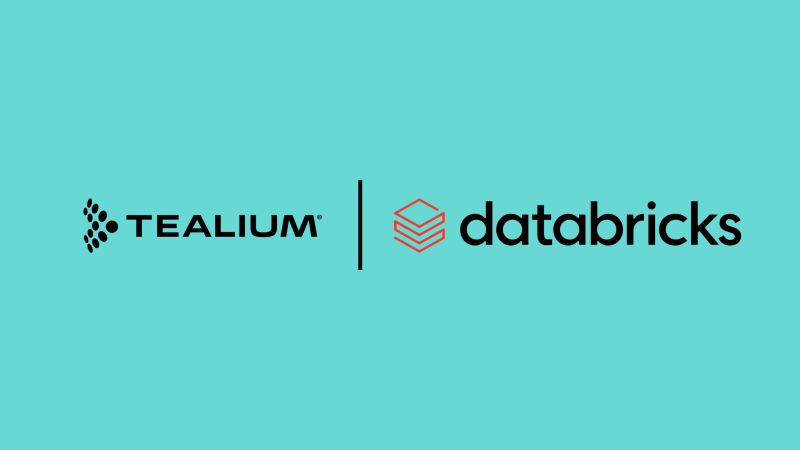Understanding Customer Data Management (CDM) is important for businesses looking to thrive in today’s data-driven marketplace. By effectively managing customer data, you can gain valuable insights that drive personalized marketing strategies, enhance customer experiences, and increase overall operational efficiency. Let’s explore!
What Is Customer Data Management?
What Do You Mean By Customer Data Management?
Customer Data Management (CDM) encompasses the strategy, tools, processes, and standards a business employs to manage customer data effectively. This includes the acquisition, storage, organization, and utilization of customer information.
What Is A Customer Data Management System?
A Customer Data Management (CDM) system is a software platform that facilitates customer data collection, storage, management, and analysis. It handles various information, including personal details, purchasing history, preferences, interactions, and behaviors. The primary objective of a CDM system is to enable businesses to gain deeper insights into their customers. This, in turn, helps enhance marketing strategies, customer service, and overall customer experience.
What Is The Customer Data Management Process?
The Customer Data Management (CDM) process is a multi-step plan of collecting, organizing, analyzing, and securely storing customer information to optimize business interactions. The CDM process consists of data collection, data storage, data organization/categorization, data cleansing, data analysis, data sharing/integration, data privacy/compliance, data utilization, and data maintenance.
1. Data Collection
- Sources: Collect data from various online and offline sources, including websites, social media, customer support, purchase history, surveys, and more.
- Types of Data: Gather both structured (e.g., names, addresses) and unstructured data (e.g., customer feedback, social media interactions).
- Consent Management: Ensure that data collection complies with privacy regulations like GDPR and CCPA by obtaining customer consent.
2. Data Storage
- Data Warehousing: Store data in a central repository or data warehouse that allows for easy access and analysis.
- Cloud-Based Solutions: Many businesses use cloud solutions like Snowflake, AWS, and Google Cloud for scalable storage.
- Security Protocols: Implement encryption and other security measures to protect customer data from unauthorized access and breaches.
3. Data Organization and Categorization
- Data Segmentation: Organize data based on customer demographics, behaviors, preferences, etc., to create meaningful categories.
- Database Management Systems (DBMS): Use tools like SQL databases, NoSQL, or CRM systems to categorize and manage data effectively.
4. Data Cleansing
- Removing Duplicates: Eliminate duplicate records to maintain accurate data.
- Data Validation: Regularly check for errors, incomplete records, and inconsistencies to keep the data reliable.
- Updating Information: Periodically refresh data to ensure that customer information is up-to-date.
5. Data Analysis
- Customer Insights: Analyze the data to identify customer trends, preferences, and behavior patterns.
- Segmentation for Marketing: Use the data to segment customers for targeted marketing campaigns.
- Predictive Analytics: Employ machine learning and AI tools to predict customer behavior and preferences.
6. Data Sharing and Integration
- Internal Integration: Share customer data across various departments like sales, marketing, and customer support for unified strategies.
- Third-Party Integration: Collaborate with external platforms or tools (e.g., advertising platforms, customer service software) to enhance customer experiences.
7. Data Privacy and Compliance
- Regulatory Compliance: Adhere to data privacy laws and regulations such as GDPR, CCPA, and others that govern the use of personal data.
- Customer Preferences: Respect customer preferences regarding how their data is used and shared.
- Audit Trails: Maintain logs of data access and use for compliance and security audits.
8. Data Utilization
- Personalization: Leverage customer data to personalize products, services, and interactions.
- Customer Relationship Management (CRM): Use data to manage customer relationships more effectively and offer tailored solutions.
- Improvement of Customer Experiences: Enhance the overall customer journey by understanding their needs and pain points.
9. Data Maintenance
- Data Backup: Ensure regular backups to prevent data loss.
- Ongoing Monitoring: Continuously monitor and update data to ensure it remains accurate and relevant.
- Performance Metrics: Track how customer data contributes to business performance and customer satisfaction.
What Is The Goal Of The Customer Data Management (CDM)Process?
The goal of the Customer Data Management (CDM) process is to help companies boost customer relationships, sell more of their products/services, and create enhanced personalized experiences.
Top 3 Benefits of Customer Data Management
The top three benefits of customer data are personalization, data-driven decision-making, and improved marketing efficiency.
- Personalization Of Customer Experiences: Customer data allows businesses to tailor experiences, products, and services to individual preferences, leading to higher engagement, satisfaction, and loyalty.
- Data-Driven Decision-Making: Access to accurate customer data provides valuable insights, enabling businesses to make informed decisions, optimize strategies, and predict future trends.
- Improved Marketing Efficiency: By understanding customer behaviors and preferences, businesses can create targeted and effective marketing campaigns, improving ROI and reducing wasted resources.
What Is Customer Data Management (CDM) and Customer Relationship Management (CRM)?
Customer Data Management (CDM) and Customer Relationship Management (CRM) systems are both essential tools for businesses, but they serve different purposes and have distinct functionalities.
Key Similarities and Differences Between Customer Data Management (CDM) and Customer Relationship Management (CRM)
The primary purpose of a CDM system is to collect, store, and manage customer data from various sources. It focuses on creating a unified and comprehensive view of customer information to enable detailed analysis and data-driven decision-making.
A CRM system is designed to manage interactions with current and potential customers. It focuses on improving customer relationships, sales management, and customer service by tracking communications, sales opportunities, and customer interactions.
Functionality of Customer Data Management
CDM systems are data-centric, providing tools for data aggregation, cleansing, integration, and segmentation. They enable businesses to analyze customer data to understand behavior, preferences, and trends.
Functionality of Customer Resource Management
CRM systems are interaction-centric, providing features to manage customer communications, sales pipelines, and service requests. They help businesses track customer interactions and manage the customer lifecycle, from lead generation to post-sales support.
Scope of Data Used In Customer Data Management
CDM systems deal with a broader range of data types, often integrating information from multiple sources such as websites, social media, transaction records, and third-party data providers. The focus is on maintaining comprehensive and high-quality customer data.
Scope of Data Used In Customer Resource Management
CRM systems primarily handle data related to customer interactions, such as contact information, communication history, and sales activities. The data in a CRM is typically more focused on day-to-day customer relationship management activities.
What Is The Best Technology for Customer Data Management (CDM)?
The best technology for Customer Data Management (CDM) is a Customer Data Platform, which is known by the acronym CDP.
We believe the best CDP is Tealium, due to its real-time data capabilities, vendor neutrality, and rapid time to value.
Customer Data Platforms (CDPs) function as comprehensive hubs for managing customer data, employing various processes to connect multiple data sources and integrate this data into real-time customer profiles (for more information about real-time data, see our blog What Is Real-Time Data?). The information gathered may encompass insights into customer identity, as well as details about their interactions with the business. Advanced CDPs offer features such as customer data management dashboards, and some provide real-time analytics to support dynamic interaction management.
CDPs handle all kinds of data, from first-party data—directly sourced from customers—to third-party data from external entities. Although many types of data hold value, first-party data is preferred because it allows businesses to ensure customer consent for its collection and use.
While CDPs are predominantly utilized by Sales and Marketing teams for campaign and program execution, the customer insights they generate can be leveraged by other internal departments to drive broader business strategies. We’ve seen more and more departments benefiting from the data in a CDP, including IT, AI (see our product, Tealium for AI), and Analytics Teams.
What’s The Difference Between A Customer Data Platform (CDP) and A Data Management Platform (DMP)?
It is important to distinguish Customer Data Platforms (CDPs) from Data Management Platforms (DMPs). Although similar, there are notable differences. DMPs also gather customer data, but it is typically anonymous and stored for a shorter duration. This data, which is often second-party or third-party, is primarily used for advertising and retargeting. DMPs can also serve as data sources for CDPs.
Moreover, Customer Relationship Management (CRM) platforms collect customer data but serve a different purpose. CRMs are primarily used by sales teams to track customer interactions, purchase history, and upsell opportunities. They are also useful for assessing the effectiveness of marketing campaigns, running sales analytics, and generating revenue forecasts.
Organizations may choose to implement CDPs, DMPs, and CRMs as part of a comprehensive customer data management strategy to fully leverage customer data across departments and enhance overall business performance.








